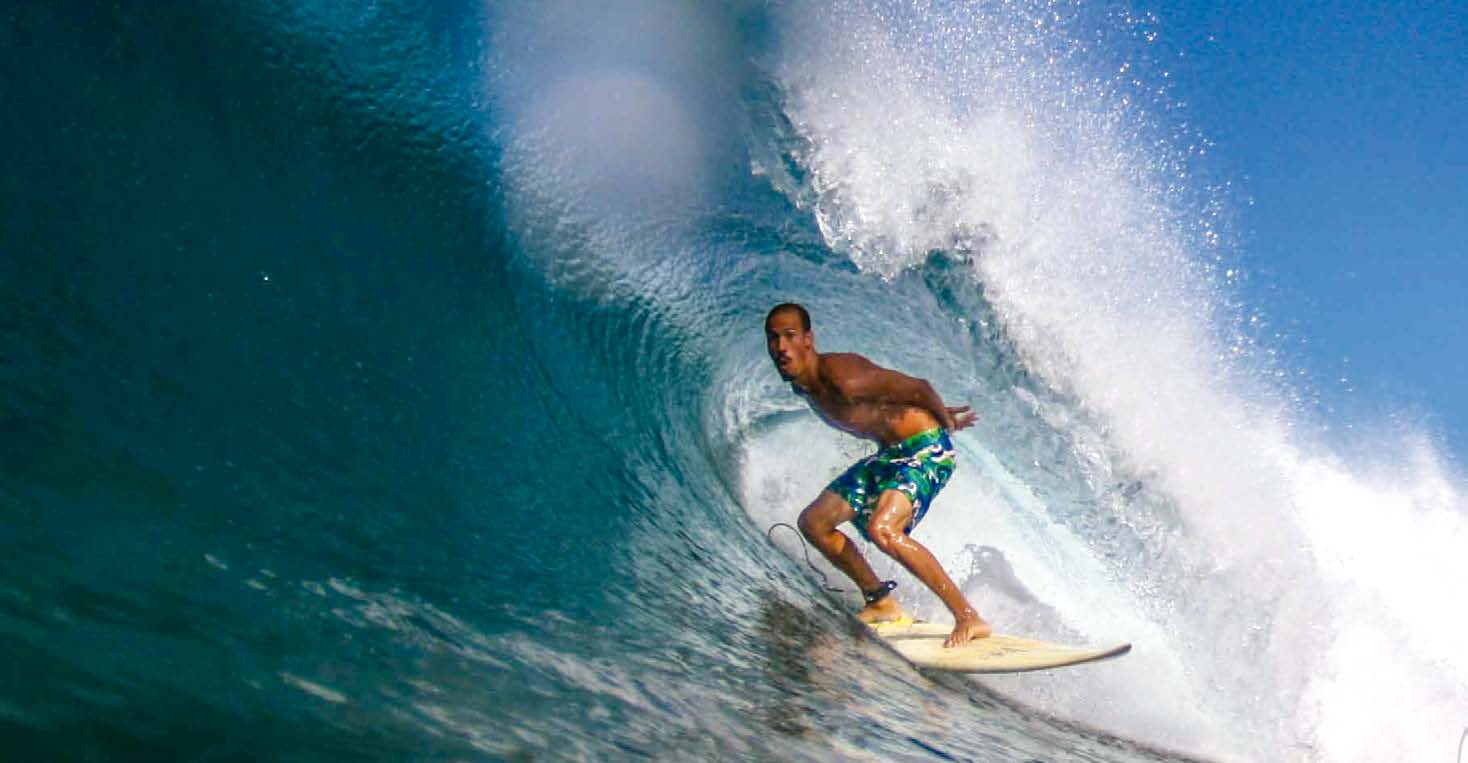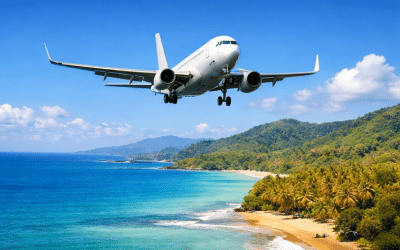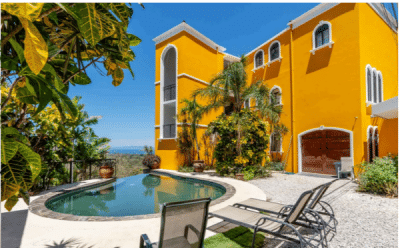Photos: Emiliano Ras Eye Art Photo
Playa Negra is a world-renowned surf spot and Guanacaste’s most famous reef break. Featured in magazines, surf videos and even the movie “Endless Summer,” it has been a focal point of Costa Rican surfing for decades. Originally discovered and surfed in the 1970s and then ridden mainly with longboards, Playa Negra is now surfed by all. Young and old, new-school and oldschool, surfers from all over the world hit the waves with all kinds of different boards. From world-famous longboarder pros getting toes on the nose barrels to groms throwing air 360s, you can find it all at Playa Negra. Just be careful on big swells and at low tide — it’s a serious wave that has claimed many broken boards, bloody wipeouts and even the life of an experienced surfer.
Enjoy the audiovisual experience:
How to get there
Playa Negra is a 30-minute drive south of Tamarindo. Just past Avellanas is the small town of Los Pargos. The turnoff from there is to the right after the soccer field, which leads to the beach at Hotel Playa Negra. Here you can park in a guarded area most of the time, then walk down the pathway, between mango trees and howler monkeys, to the white sand beach of Playa Negra.
Where to surf
Sandy Beach, where you can swim and also get rides on some swells, is south of the main reef break directly in front of Hotel Playa Negra. It breaks at all tides, but low tide is a more dangerous time to surf due to the greater number of exposed rocks and much faster waves. At higher tide, the waves slow down and tend to mellow out. However, when it’s really macking, high tide is the best time to surf. The wave mainly breaks to the right, providing barrel sections and long walls for carving. The odd left wave will form on different swell directions, which can also be fun, but watch out for the rocks on the inside.
Local companies
Hotel Playa Negra, at the main reef break site, has a restaurant, surf shop, bar and swimming pool. In the town of Los Pargos, you’ll find many more restaurants, another surf shop and a few smaller hotels. For fine dining, one of the best restaurants in the area is Villa Deveena, featuring fresh seafood, French cuisine and amazing desserts.Boca Barranca
Santa Teresa
Jaco
Playa Tamarindo
Playa Dominical
Playa Langosta
Ollie’s Point
Playa Avellanas
Pavones
Witch’s Rock
Playa GrandeWhat Makes a Wave Spit?
The Climate is Changing, Will There Be Waves?
Hurricanes in Costa Rica?
The Importance of Swell Angle
What Makes a Good Surf Spot
What Makes a Good Surf Spot 2
Why Do Waves Break?
Cold Water in Costa Rica?
The Science of Stoke
Tamarindo Spot Check
The Papagayo Winds
How Waves Are Created






